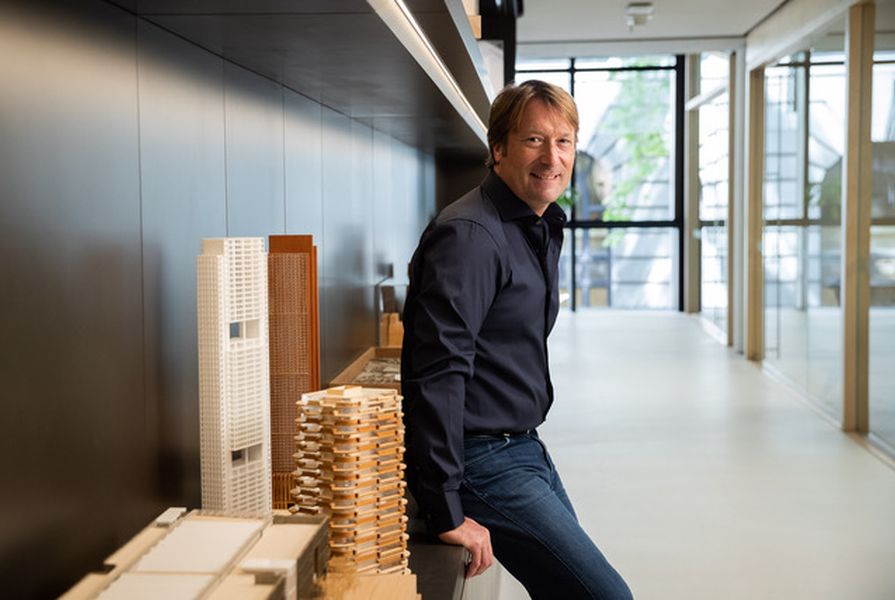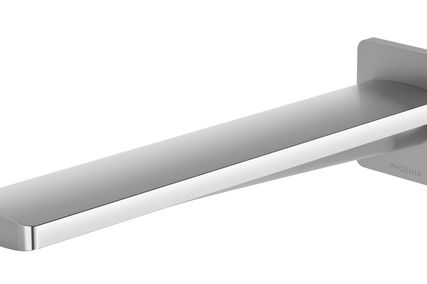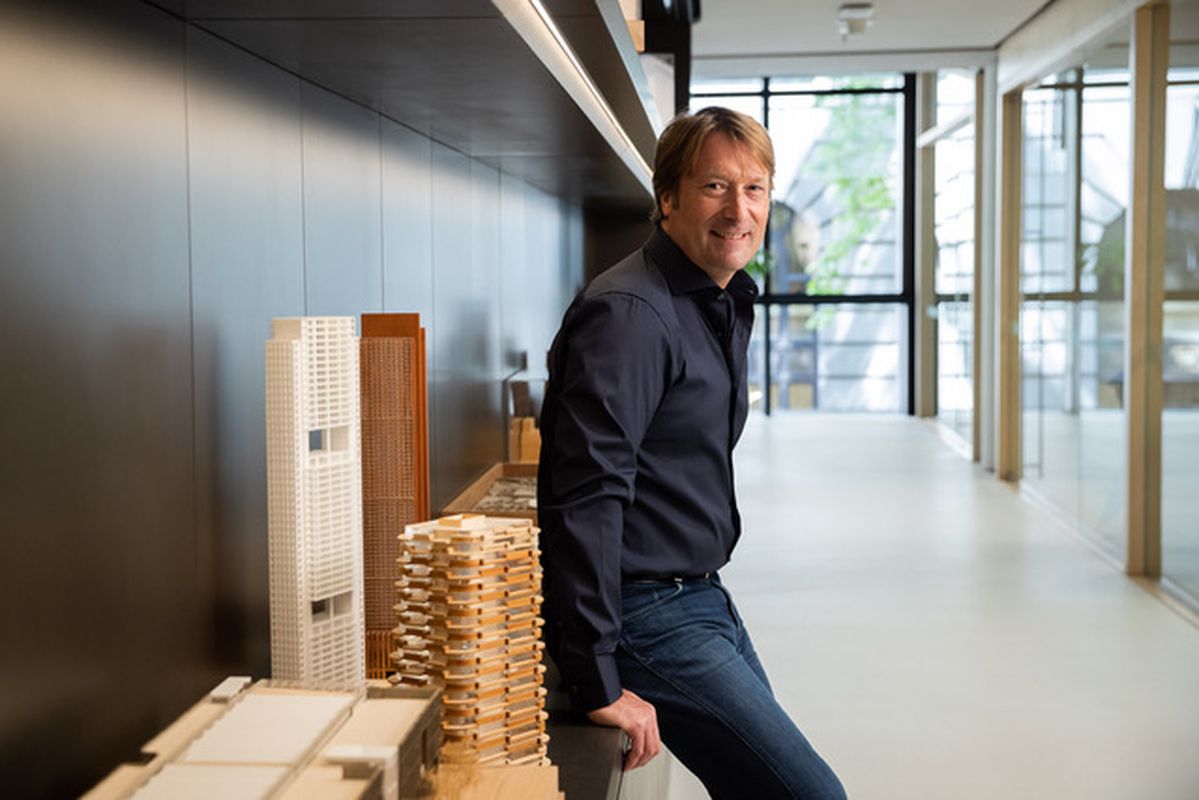If we had buildings that are net-zero carbon – in other words, they don’t take any more or produce any more carbon – all we’re doing is maintaining the status quo.
All the indicators that we use to look at the health of the planet – whether it’s acidification of the oceans, declining fish stocks, desertification, the quality of the air or greenhouse gas emissions – they are all going in the wrong direction.
We’ve got a challenge. Standing still and being net-zero is not going to be sufficient. We’ve got to start thinking about how we can use the built environment to be not just non-takers but to actually be restorative and put things back. We need to regenerate.
At Grimshaw, we’ve committed to a goal of delivering net-zero carbon ready buildings by 2025, and socially and environmentally regenerative buildings by 2030.
There are certain things that you can do around regenerative design – but will they make the biggest impact? And can they be smarter? I think we should be working collaboratively to try and identify how to do that.
How can buildings give back? How can they help purify the air, for example? How can buildings be net-positive in terms of energy? Could they be producing more energy than they need, which would help to reduce the need for energy production elsewhere? It’s that kind of line of inquiry that we need to be thinking about.
It’s about understanding that the built environment takes so much from the natural environment, which is causing some degree of imbalance, and it can lead to instability, particularly around climate, so we need to rebalance. Net-zero is the first opportunity to break the system, to halt it. And then we need to go further – we need to restore.
We have a very wasteful society, whereas in ecology, there is no such thing as waste – everything is a resource. Look at the way materials are broken down and the nutrient flows and cycles. We have to redesign our systems to be thinking like that.
That takes us into circularity in design where nothing is wasted and the maximum value of anything is always optimized. The other thing is that nature is fairly resilient. We need to build resilience. We need to adapt, we need to learn from that. I think it’s important to understand the way the natural ecosystems flow, and what we can learn from nature in terms of the way that it’s designed.
We’re making a mistake if we don’t learn from the millions of years of evolution and from the natural wonder of the world that we are stewards of at the moment.
Read more interviews and articles from the climate and biodiversity emergency series.
















